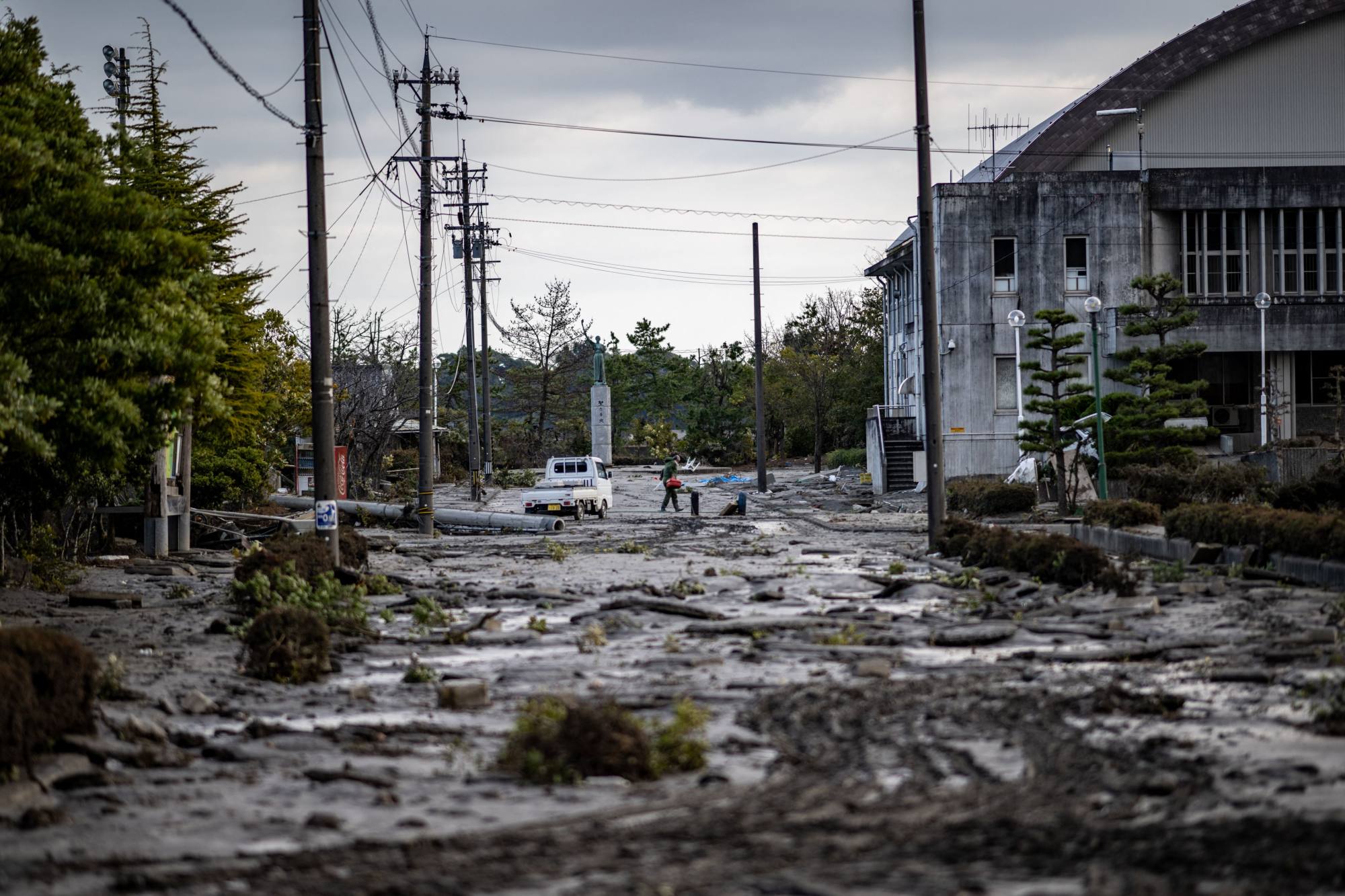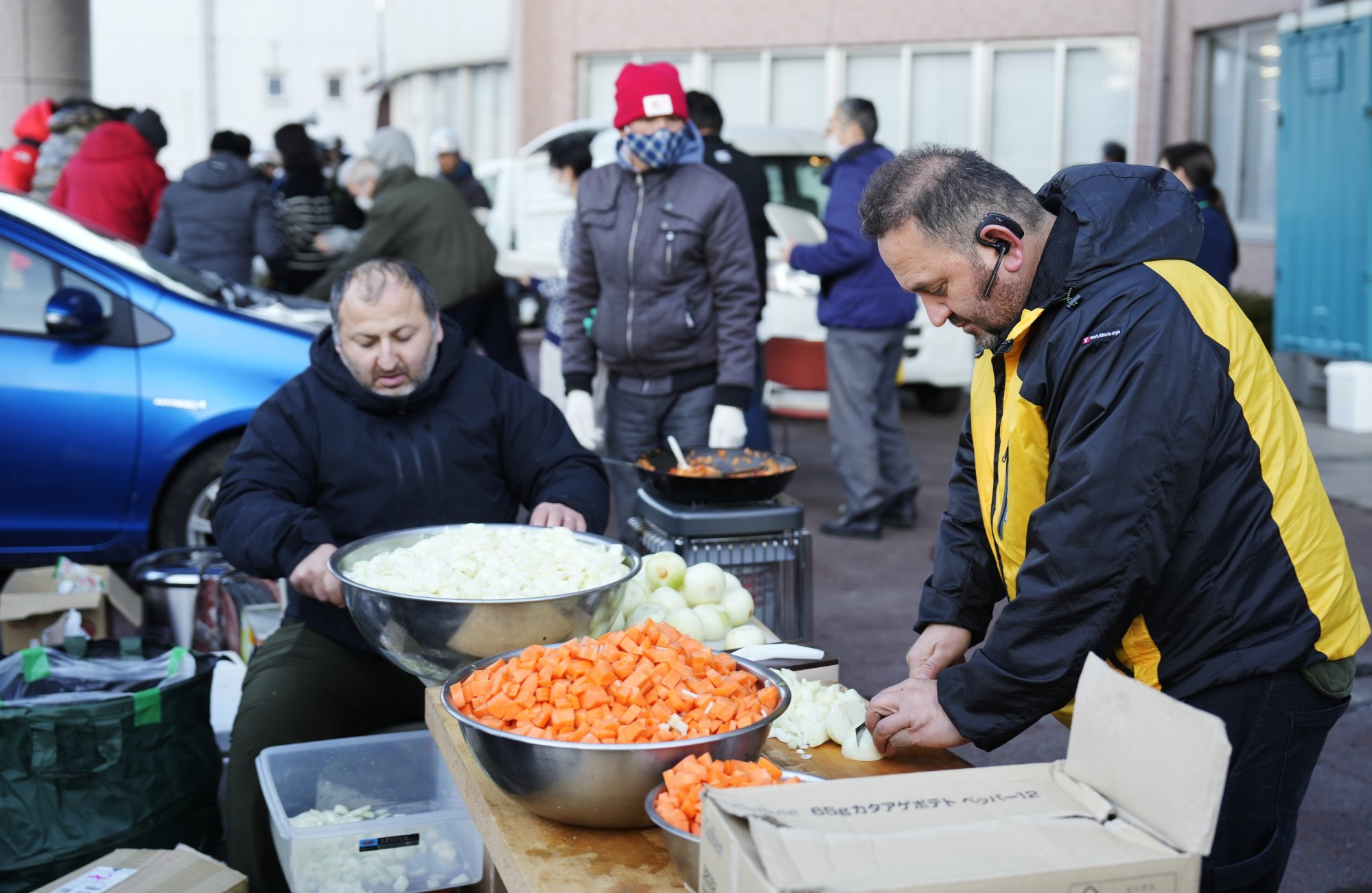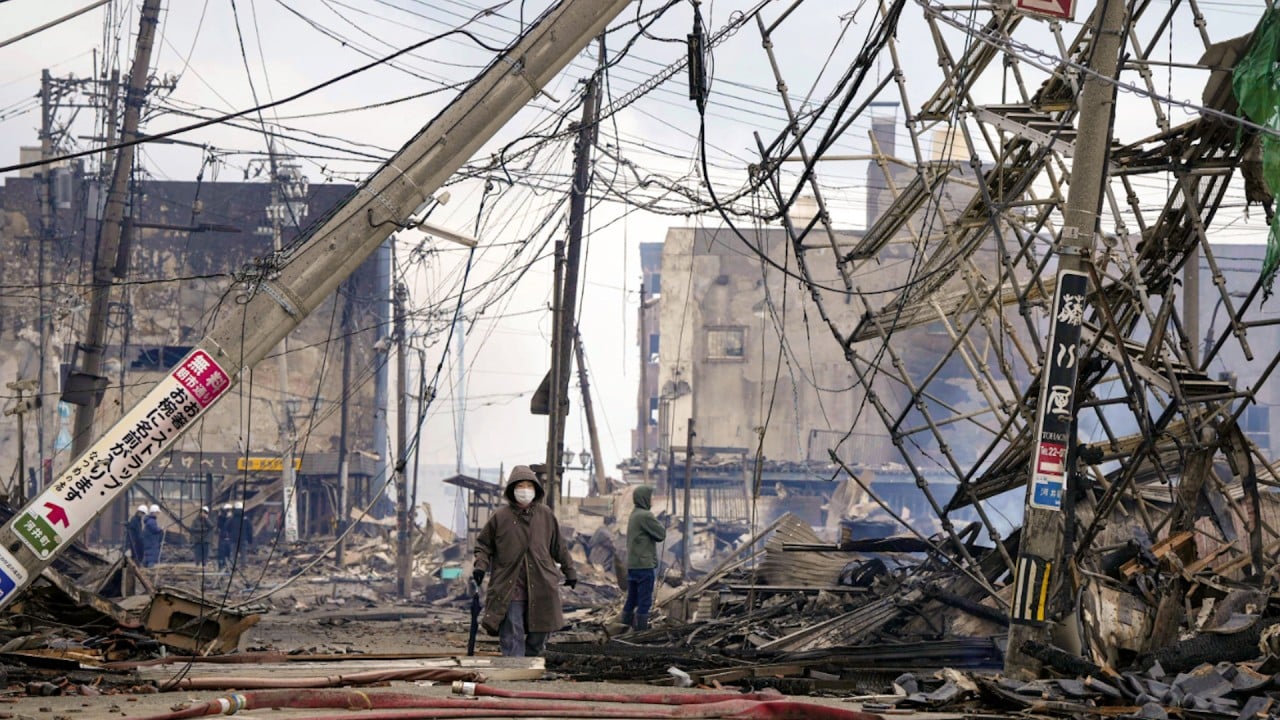US readies aid as Japan earthquake death toll nears 100
A US official who declined to be named told Reuters the two governments were coordinating on possible assistance from US troops.
About 54,000 US forces personnel are based in Japan, the biggest US military presence abroad, according to the Chicago Council on Global Affairs.
US armed forces were deeply involved in disaster relief efforts in the 2011 earthquake, providing over 24,000 personnel with 24 ships and 189 aircraft. They also provided earthquake aid in Kyushu island in 2016.
“All of US Forces Japan remain ready to support our Japanese Allies during this difficult time. We are unable to provide specifics on military support operations at this time, but we will provide updates when we have more that we can share,” the US Forces in Japan said.

The 7.6 magnitude quake struck western Japan’s Noto peninsula on the afternoon of New Year’s Day, flattening homes, triggering a tsunami and cutting off remote communities.
The full extent of the damage remains unclear, with rescue teams struggling to reach remote areas due to severed roads and broken infrastructure.
But with more than 200 people missing, the disaster is likely deadlier than the 2016 earthquake and could be the worst since a massive earthquake and tsunami struck the east coast of Japan in 2011.
Shigeru Sakaguchi, the mayor of badly-hit Wajima city, said there are likely more than 100 people still trapped under collapsed buildings and rubble, according to the Mainichi newspaper.
The US will provide a US$100,000 aid package that includes resources such as blankets, water, and medical supplies, according to a statement released by its embassy in Japan.
Volunteers such as Aydin Muhammet, who is usually based in Nagoya, are also heading into areas wrecked by the tremor to give whatever aid they can provide.
“You can’t turn a blind eye after seeing that … I felt like I had to go, I just had to do something,” he said.
At least 120 hectares (296 acres) of land also appears to be flooded from a tsunami triggered by the earthquake, according to Japan’s land ministry.
“We still don’t have a full picture, and it’s likely that the area flooded by the tsunami could spread,” an unnamed land ministry official said to the daily Asahi newspaper.

A preliminary probe led by researchers at the University of Tokyo estimated that the highest point of the tsunami on the western coast of the peninsula could have reached up to 4.2 metres (14 feet) above normal sea level.
The first wave of the tsunami may have reached the northernmost tip of the Noto peninsula within a minute of the initial quake, according to Tohoku University tsunami expert Fumihiko Imamura, giving residents barely any time to evacuate.
Details of the tsunami had been unclear as the tide gauge stopped emitting data immediately after the initial quake, Japan’s Meteorological Agency said.
Japan’s Coast Guard said it was searching one missing person who was washed away by the tsunami in Suzu city, the first known potential casualty from the tsunami so far.
Survivors still face a long road to recovery, even as businesses rush to return to business as usual. The earthquake has also cast doubt over Japan’s push to restart nuclear plants that have been idled.
Japan will spend 4.74 billion yen (US$32.7 million) from state budget reserves to support those hit by the quake, Finance Minister Shunichi Suzuki said on Friday, according to media reports.


